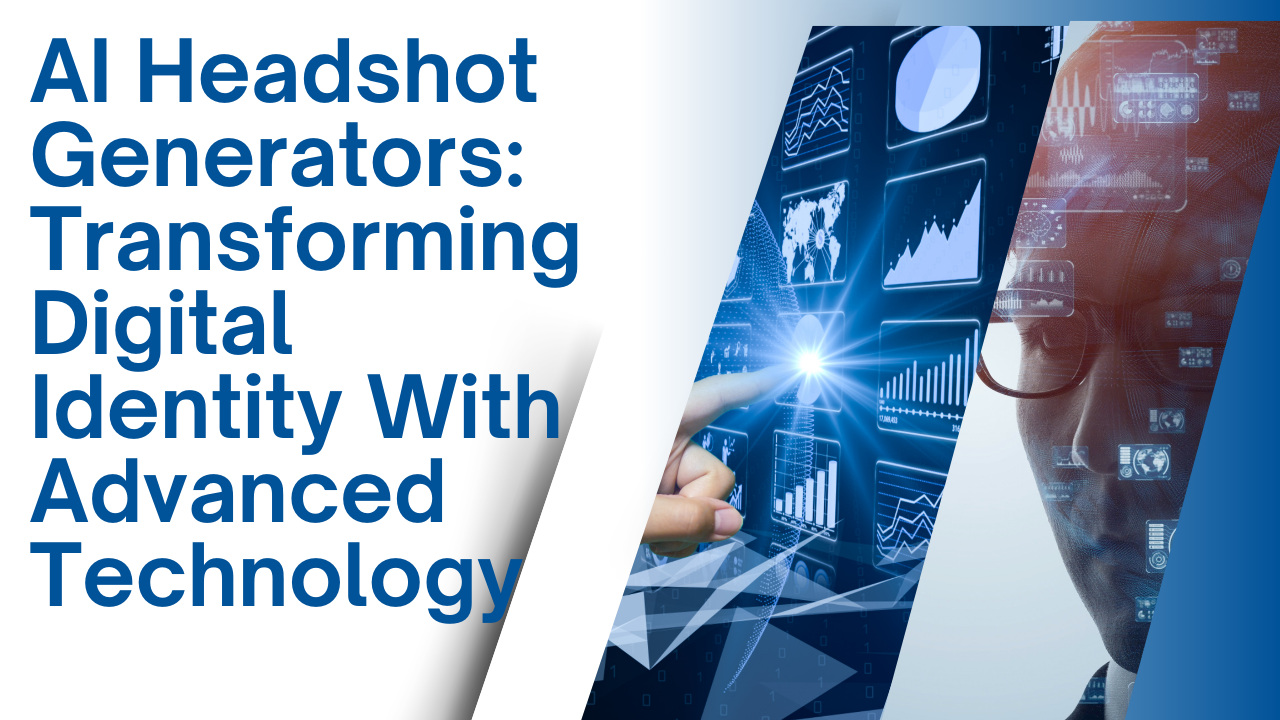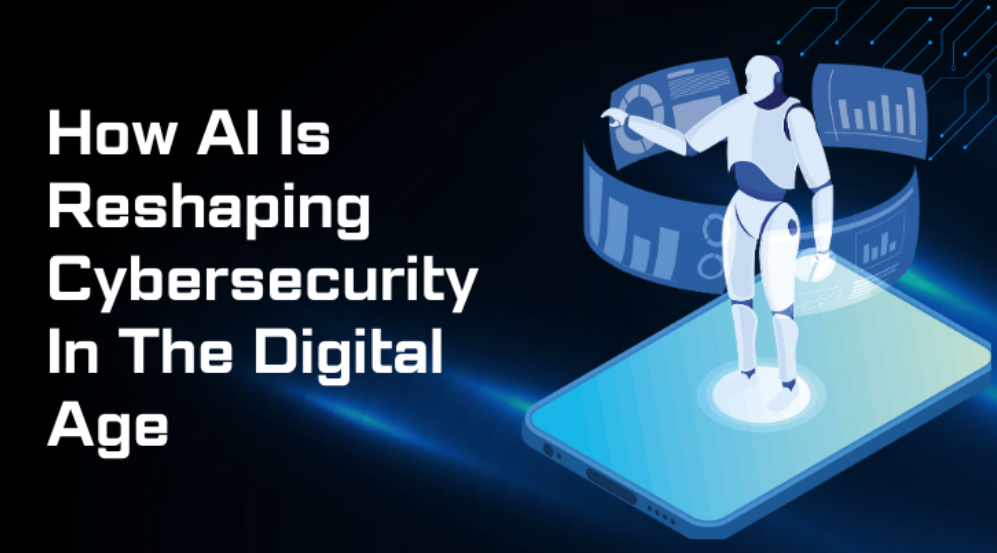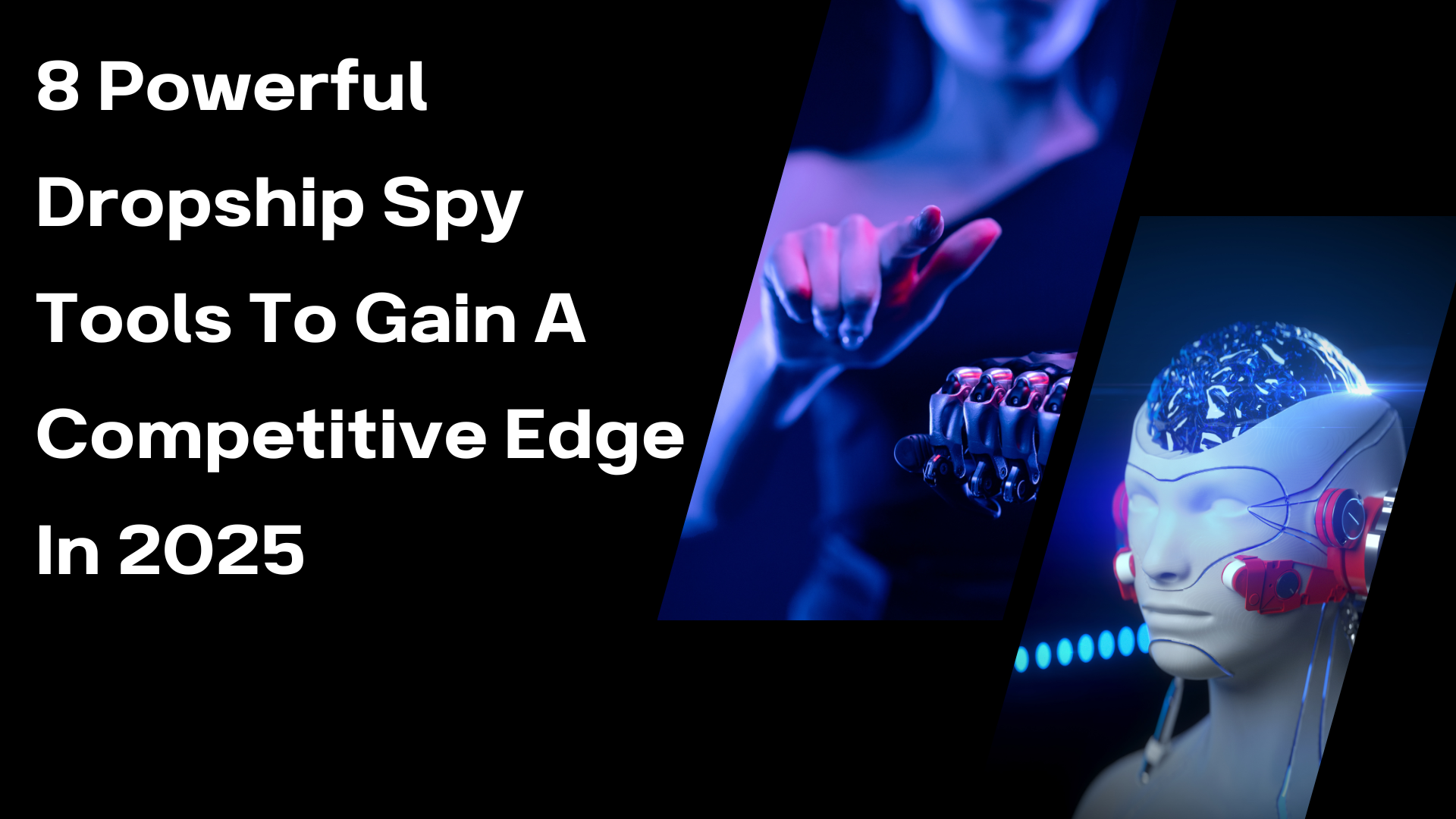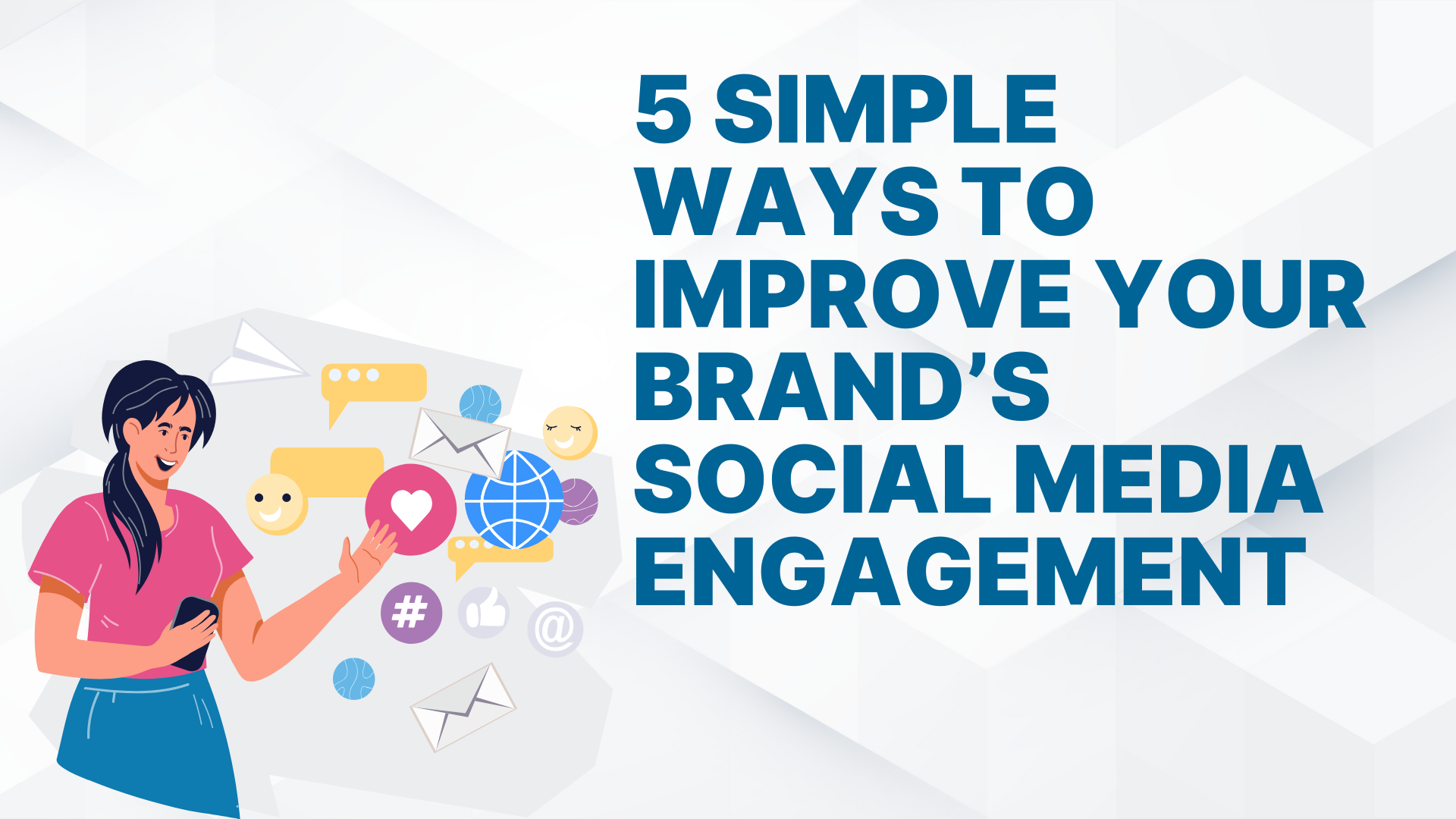Introduction
In our technologically fast-moving society, the need for clear and formal portraits ^{2} is bigger than ever. Such images create first impressions on different Internet sites for business, such as LinkedIn and the company’s website. A traditional headshot is costly, needs effort, and at some times a professional photographer, and hence cannot easily be updated frequently. Meet new AI headshot generators, which are fast, cheap, and only improve while offering great images.
This blog focuses on how AI headshot generators work, updates, controversies, risks, and possible growth the area has toward the future of professional imaging.
Understanding AI Headshot Generators
An AI headshot generator can enable great-quality, real headshots without necessarily posing for a new photo. It is a tool that can turn simple selfies into professional-looking portraits with simple adjustments necessary to lighting, background, and facial features. Using deep learning and specifically GANs, the generator model makes natural, clean-looking images indistinguishable from original images.
This generator needs an image or picture of the subject or direct inputs on gender, age, and background. From there it uses its dataset to compile a headshot that meets that description. This is because headshot generators now include options for extra tweaking to ensure people can have avatars that match certain styles or circumstances – and of course, general professional, artistic, and casual portrait settings.
How AI Headshot Generators Work
Deep learning is a subset of machine learning, which in turn is a cognitive science imitating the way humans learn. At the heart of this process is the GAN model, which has two components: two types of models, a generator, and a discriminator.
* The Generator: The generator uses user-provided input, like a selfie or specifics (e.g., "male, mid-30s, neutral background") to produce artificial images.
* The Discriminator: The discriminator determines if synthetic images are real or fake images in a set. Every time the discriminator notices that the generator is wrong in its generated pictures, the discriminator offers criticism making the generator change for the better. In thousands of iterations, this process gives a result that is similar to the actual photograph.
GANs learn to make synthetic headshots look incredibly realistic through this iterative approach. To improve realism, some AI headshot generators now include fine-tuned elements like the "degree of smile," "direction of gaze," or even minor skin tone and texture tweaks.
Latest Advances in AI Headshot Generators
To satisfy the increasing demand, AI headshots technology keeps developing, providing new features and capabilities. The following are some current advancements in the field:
* Emotion and Expression Modulation:
To satisfy the increasing demand, AI headshot technology keeps developing, providing new features and capabilities. The following are some current advancements in the field:
New AI headshot tools let you switch between the flicker of a smile and the frown on the face. This feature increases the realism of headshots created by AI and expands their application to any type of work.
* Background Adaptation:
Previous AI versions were not capable of detecting and optimizing the backgrounds of various appearances on their own. Depending on whether the background is blurry, typical background, or a background with the nature strip, the generator provides several variants for different business fields or social networks.
* Fine-Tuned Features for Realism:
Some generators have sliders, which allow for fine-tuning – lighting effects, shade, and focal points. These features can in a way imitate studio lighting and result in images that are much closer in quality to the professionally taken headshots.
* Avatar Integration for Virtual Platforms:
As virtual platforms continue to experience advancement, some AI headshot generators invest in developing various lifelike avatars of the person in different meetings and spaces. These avatars retain the formal appearance of a headshot whilst also being suitable for animated or interactive applications.
* 3D Rendering and Depth Perception:
New AI models are trying out 3D rendering and that also includes dynamic headshots, enabling changes based on angles and lights. This feature can allow users to wear different headshots depending on the profile views or even allow photo animation in other avatar spaces
Ethical Considerations and Privacy Concerns
AI headshot generators raise ethical questions, just like any other technology that creates artificial visuals.
●Data Privacy and Consent
Deep learning models for instance are trained with real image data sets. For these images to be developed, it is imperative that these were obtained ethically and that no consent was violated so that users trust these developers. To this end, some of the AI generators are adopting the notion of training the models with images from the public or designs to resolve such issues.
●Authenticity and Trustworthiness
So even though AI headshots are lifelike, they may be able to miss some aspects of humanity. In the same way that a therapist, a doctor, or a coach, who heavily relies on clients’ trust, can afford extra trust in AI-generated headshots, many careers may not be able to. As this technology continues to develop it will be crucial to properly utilize it and to signify whether the headshot in question was produced by AI or not, particularly in an industry where this matters.
●Bias and Representation
These models are often trained on certain datasets, and if those datasets are not diverse, that is the information that the AI system will produce. In the absence of inclusive data, some facial features or ethnicities may not be captured aptly by the generator. In response, developers are currently in the process of having models trained on datasets that are more inclusive to have the headshot fairly represent all the people.
The Future of AI Headshot Generators and Professional Identity
AI headshot generators have a bright and optimistic future. We may anticipate even more personalization choices, more realism, and increased congruence with users' branding requirements as technology develops.
●Integration with Augmented Reality (AR):
Now in the future, before AI headshot technology blends with AR platforms, a user can sculpt animated versions of their headshots or test using virtual wear styles for various professional appearances.
●Real-Time Updates:
As the rates of speed and computing further improve, the predominant elements of the AI headshots might be real-time. This could result in a profile picture that transforms with context like in the workplace and conversely for informal occasions.
●Cross-Platform Headshot Optimization:
Future AI headshot tools may generate images that fit precisely the platform that they are needed for: it will be integrated to present the best on LinkedIn, Twitter, Zoom, etc.
●Better Data Transparency and Control:
Privacy issues remain to influence the populace’s perception of its impact on its lives, maybe the succeeding generations of AI headshot generators will give the users the option to decide on which datasets inform the generated headshot pictures, giving choice to the user on how they wish their images to be produced.
Conclusion
AI headshot generators are revolutionizing professional imaging, as they deliver high-quality and highly customizable headshots at a very low cost. Due to the constant advancements in the field, it is seen that more of such tools will impose themselves into the description of our avatars online.
Of course, there is a time and a place for good old-fashioned photography, and it is not unsupported by the modern AI-generated shot for the modern professional, freelancer, or remote worker. That is why AI headshots are a rational decision when it comes to creating a perfect and eye-catching online image since they offer a combination of approachability, personalization, and uniqueness. With the help of technology, has been increasingly instrumental in defining how people socialize and interact in the virtual world.

















Post Comments